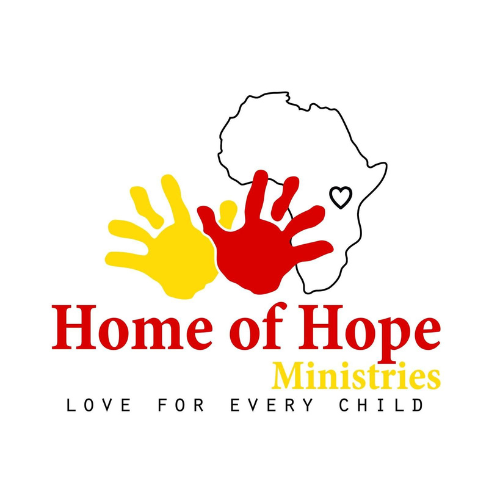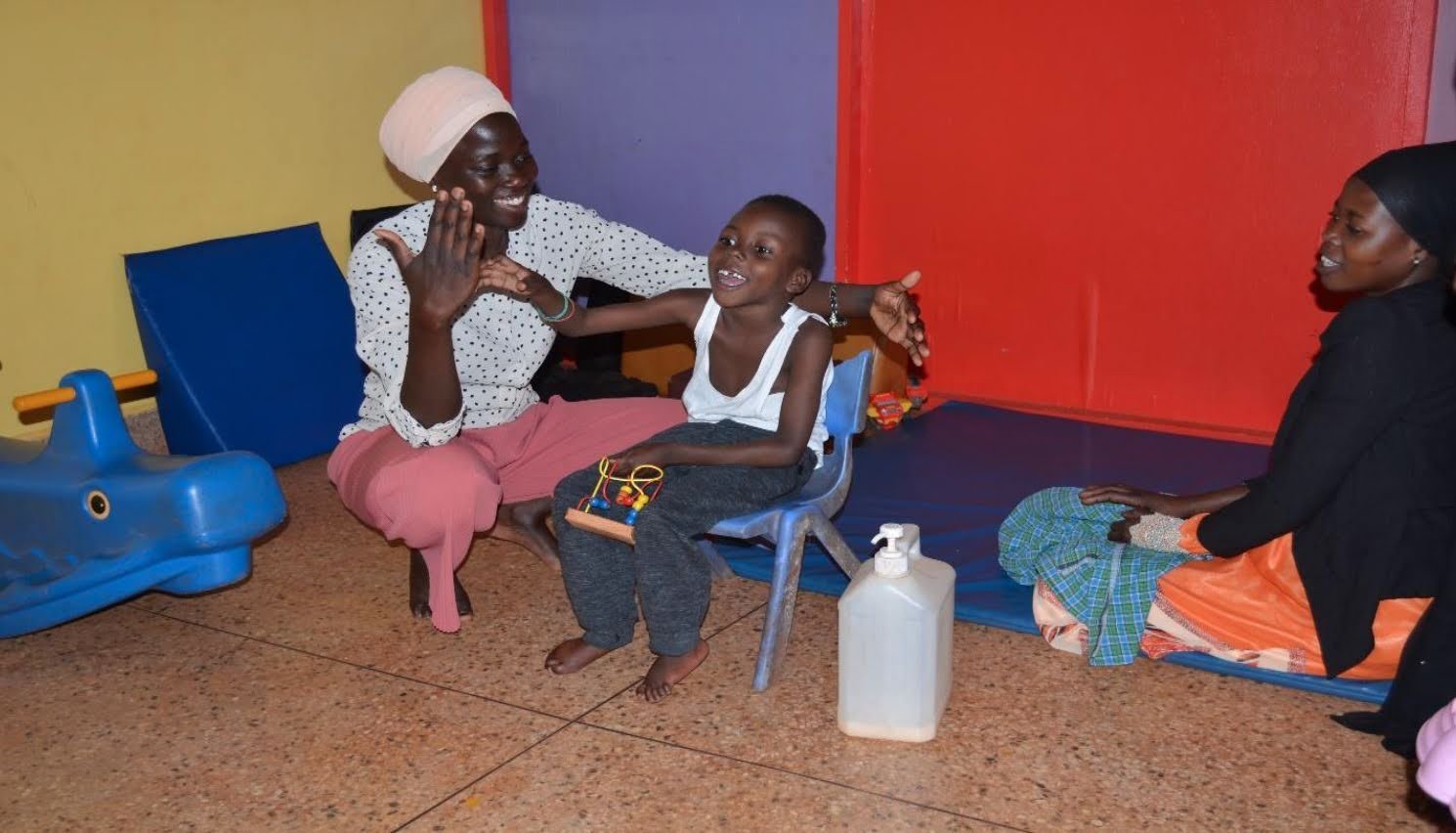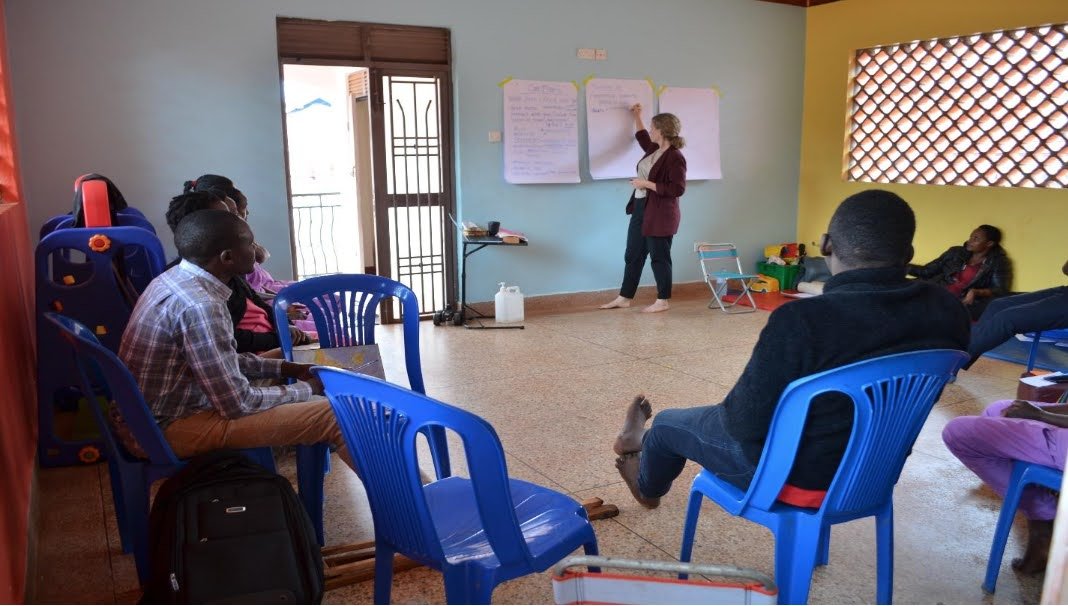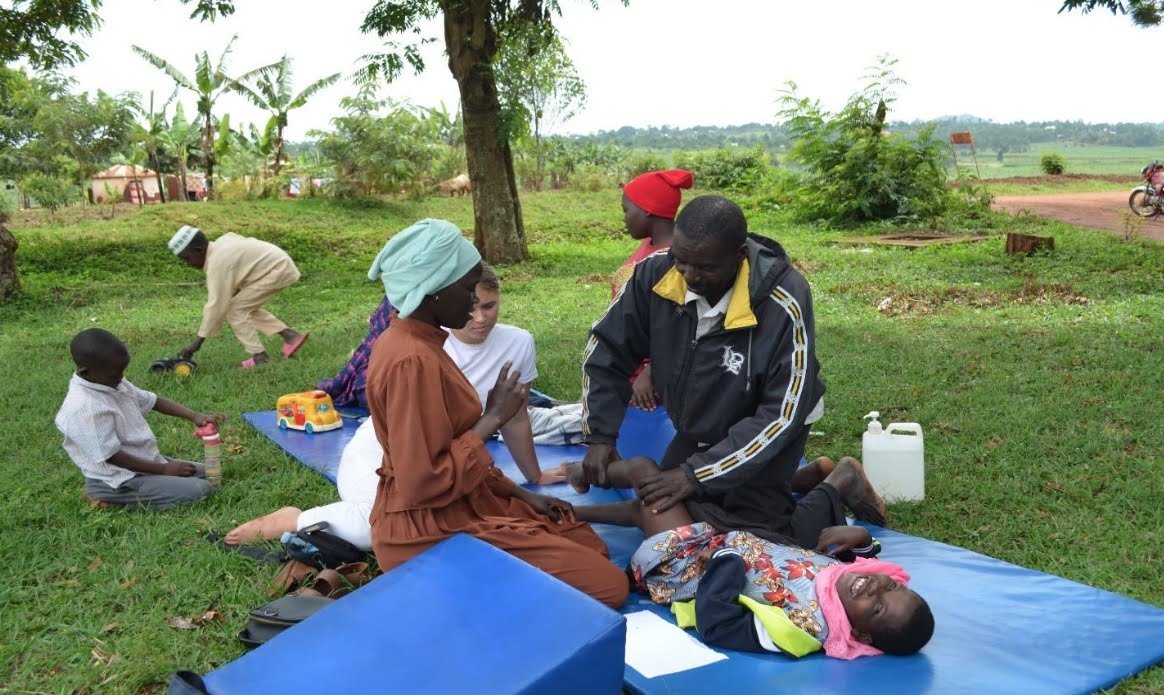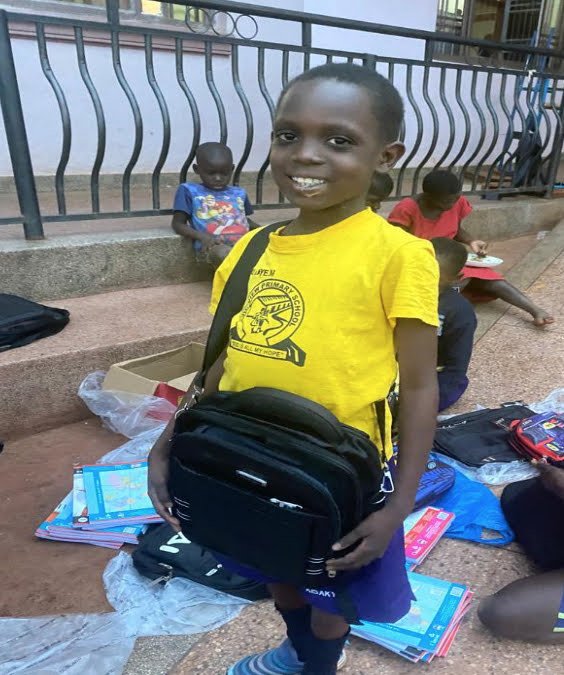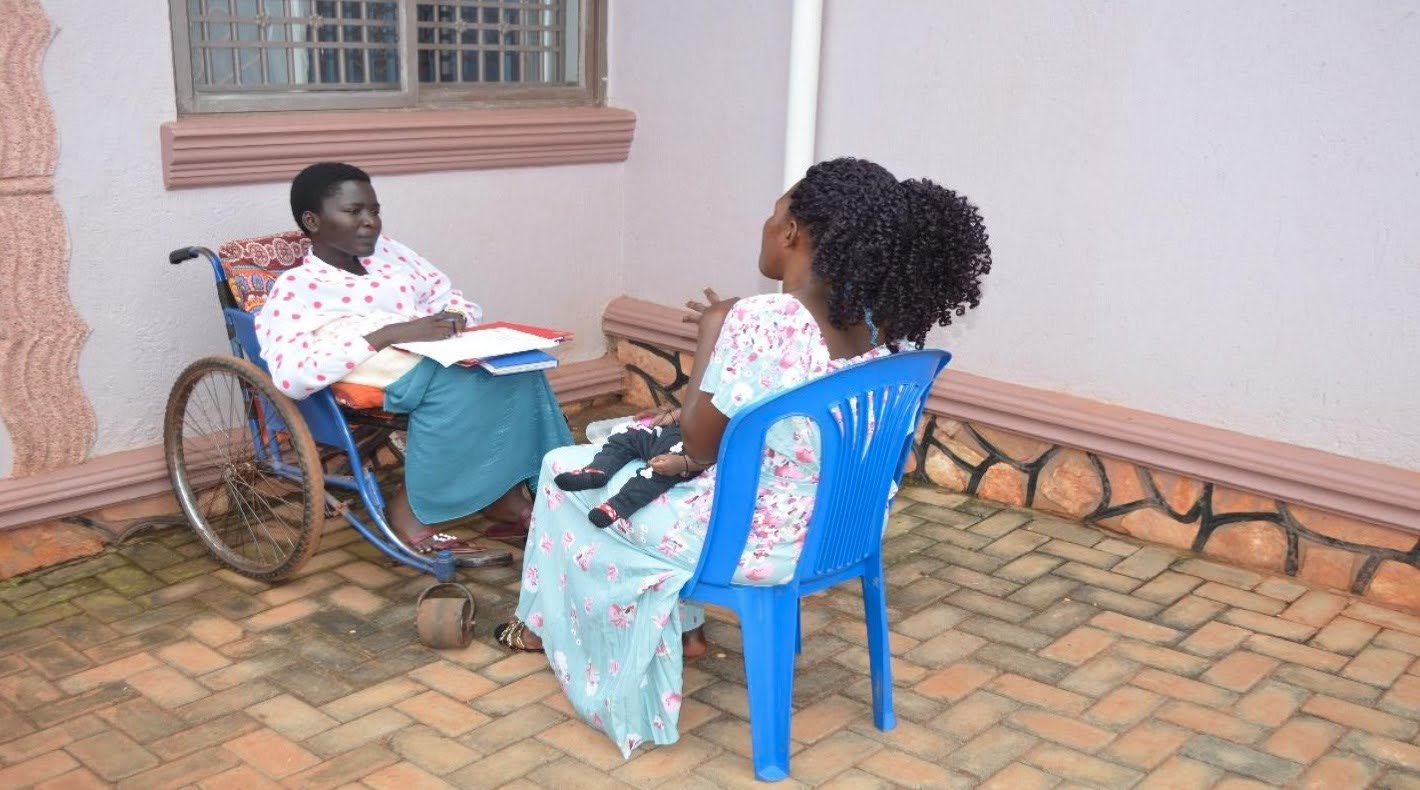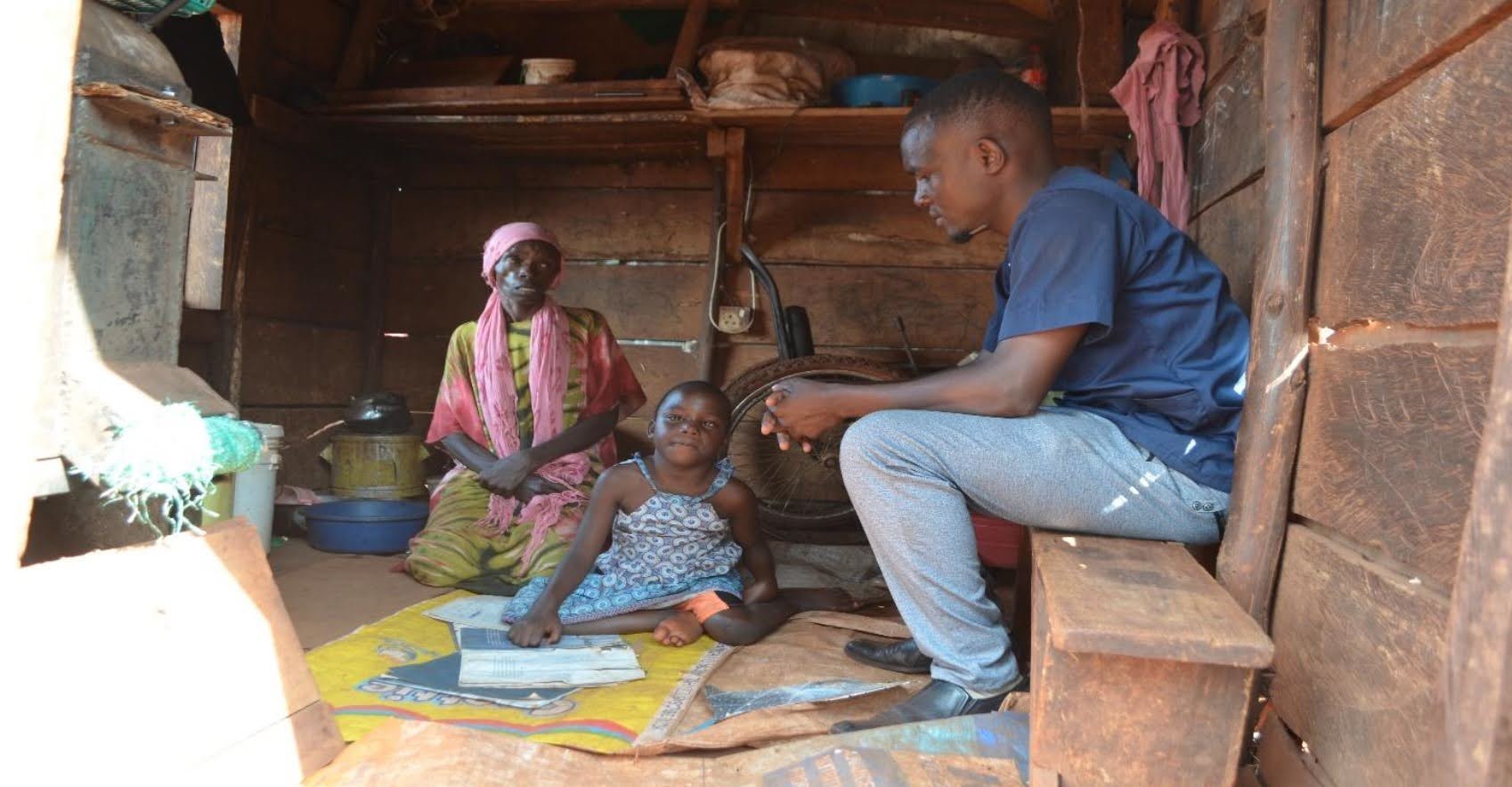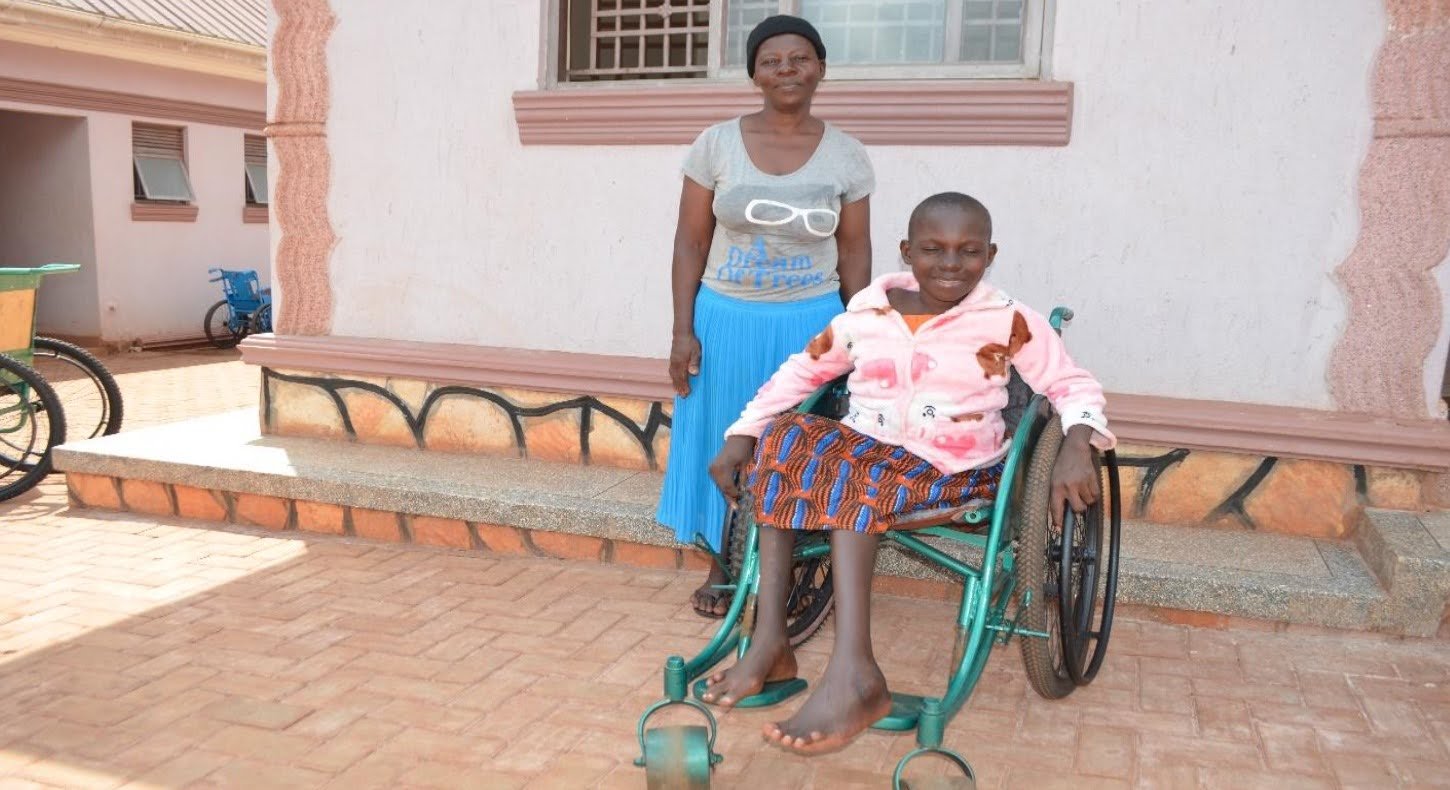Our Programs
Seeing your child make a move for the better is an encouragement to push on. Home of Hope programs provide care givers to help other parents with knowledge and support for their disabled children. Here therapist Hafusa, smiles as her son goes through a therapy session during our drop in clinics.
HOME OF HOPE IN JINJA, UGANDa focuses on providing physical therapy and medical support not only for the children in the central clinic but, also, for the Jinja community and neighboring areas. Take a look at our programs.
OUR Center-Based Therapy & Care
A number of activities are carried out in the center/home and focus is put on resident children with disabilities in the two areas mentioned above. Care is a general responsibility of all Home of Hope staff, they ensure that all the children in the home/center are well-fed, cleaned, loved, and protected. Currently, there are nearly 100 children with disabilities in the home who are cared for purely by Home of Hope.
Therapy at the center is aimed at promoting functional independence, strengthening weak muscles through weight-bearing activities, and prevention of contractures and deformities. All the therapy activities are administered by the organization’s resident occupational therapist and with the help of all Home of Hope staff. These activities are done on a daily basis at the center.
Other Programs
-
This activity is intended to assess the client’s home environment, give the client more therapy time, make adaptions that were necessary, and further create community awareness of disability in order to reduce stigma. A lot of focus is put on parent/caregiver training during the home visits. Lots of demonstrations are done and parents/caregivers are given opportunities to practice the different therapeutic techniques learned from the therapist. The therapist also assesses the clients’ home environment for possible adaptations for easy mobility and productivity.
At least up to 8 home visits are made by the Home of Hope team. The sub-counties where this program is carried out include but not all, the Bugembe town council, Kakira town council, Mafubira sub-county, Jinja town, Buwenge town council, Namasiga sub-county, and Kagoma sub-county.
-
Currently, the organization does perform assessments of new and old clients through its outreach program. This program is carried out in a number of villages in the Jinja, Mayuge, Namutumba, and Kayunga districts. There are four assessment clinics in a month and these are on every Monday of the week in four selected centers of Butagaya, Nsinze, Kangulumira, and Busuyi sub-counties.
During these clinics clients are assessed by the occupational therapist to identify their functional deficits and their deficits are addressed or a referral is made for further management. Most of the clients assessed during these outreach clinics are cerebral palsy cases, a few cases of club foot, hydrocephalus, epilepsy, mental retardation, and some deaf. Over the years Home of Hope has been able to assess 1000 clients in the areas mentioned above and all were given services as the ones offered by the organization
-
After research carried out by Home of Hope in its operational areas in the Jinja district, it realized that there were a big number of epileptic patients in the villages who were not being treated. So with the help of its partners , Home of Hope has started a free monthly epilepsy medication program. This is carried out during outreach clinics. This program is currently reaching an average of up to 70 (seventy) clients per clinic. However, there is still a need to continue sensitizing the local communities on the condition and the secondary disabilities that may occur as a result of severe epilepsy. The types of drugs used during the clinics include phenytoin, phenobarbitone, carbamazepine, and folic acid.
-
The therapist assesses clients for different appliances according to the client’s needs and conditions. The clients are either referred or are provided with appliances by the organization. The organization gives up to a total of 4 appliances to clients in a month. These adaptive aids are classified into two that is those which are made by Home of Hope and those which are acquired from partner organizations.
Those made by Home of Hope are:
- C. P chairs
- Corner seats
- Toilet seats
- Parallel bars
- Walking frames
Adaptive Aids got through partnership:
- Wheelchairs
- KAFOs (Knee and Foot Orthotics)
- Artificial limbs
- Walkers
- Calipers
- Standing frames
- Parallel bars
- Walking frames
-
These clinics are carried out on every Tuesday at the Home of Hope therapy room. Clients come from nearby villages and beyond to attend therapy. These clinics are conducted by the resident occupational therapist and in support of all Homes of Hope staff. In a day of the clinic an average of 7 clients are attended to in addition to our resident clients.
-
Because Home of Hope does not have surgical services, yet sometimes receives children with cases that need surgery, the organization refers them to places that offer the service. Home of Hope thus offers a certain percentage of the total costs towards the surgery. The cases handled under this include Hydrocephalus, Spinal Bifida, cleft pallets, club feet, and other physical deformities. Sometimes a referral is made for children needing a particular adaptive aid that cannot be easily got or made locally. Referrals are made by the Occupational therapist. On average the organization refers up to 8 clients in a month.
-
Over time, Home of Hope has identified many children with severe malnutrition. This is either because of inadequate food or because of poor feeding habits among children with disability, especially cerebral palsy. Research shows that there's a close relationship between Cerebral palsy and malnutrition. Most children with cerebral palsy have a problem with their feeding. They either have poor appetites or have problems with digestion. Home of Hope works with many children in this category, thus the need to give nutritional support. Three areas are emphasized I.e.Giving food supplies such as soya porridge, milk, and Irish potatoes. Nutrition support is always given at Drop clinics, outreach clinics, and during home visits. We mainly concentrated on 3 activities while carrying out this program: At present, home of Hope is taking care of 40 children with malnutrition. All parents/caretakers were given sensitization on nutrition, especially the use of locally available foods, and the timing and quantity of food given to their children. Assessing the child’s progress, through observation and many other ways.
-
Home of Hope gives a certain amount of money on loan to the parent of a child with disability. The money is then used to buy raw materials to make crafts like jewelry, mats, and bags. Home of Hope then finds a market for these products. From the profits, the parent can pay back the loan and continue with the business. This activity is meant to help needy parents find a source of income to support their children. The organization also empowers those with running businesses to increase their capital.
The organization in its efforts to become sustainable has started a dairy, piggery, and poultry project. The projects are run and managed by the Home of
Hope staff. -
This program focuses on equipping parents, local leaders, opinion leaders, teachers, and the community at large with knowledge of disability. So far Home of Hope has conducted seven workshops over the years. These have been conducted on a small scale at Home of Hope offices. Much emphasis is put on the following areas:
- Training on children with disabilities rights
- Training on income-generating activities
- Training teachers on working with crowds in schools
- Training on prevention and management of different disabilities in the communities
-
This is a very new program in Home of Hope, currently, it cares for the educational needs of three (3) children with disabilities. The two of the above children go to el shaddi primary school (with inclusive education) and the other attends her classes at the Home of Hope therapy room with the help of a special needs teacher. This program has only lasted a year but still struggling due to inconsistent funding. There is a total number of at least fifty-one (51) children with disabilities on the waiting list. Thirty-seven (37) of the above have physical disabilities while the remaining (14) of them are deaf.
Future Prospects
- Home of Hope aims at starting sign language training for deaf children, their parents, and school teachers.
- Building of its headquarters in Bugembe town council
Achievements of Home of Hope
- We have been able to teach about child protection and child labor.
- The construction of the home for the children has been registered in progress.
- We have been able to visit different districts since the ministry has been elevated to the NGO level.
- The increasing number of children both in the community and at home.
- Land for the building of Home of Hope offices.
- Many children have shown improvement for example Tonny and little Peter - both children with cerebral palsy - have walked.
